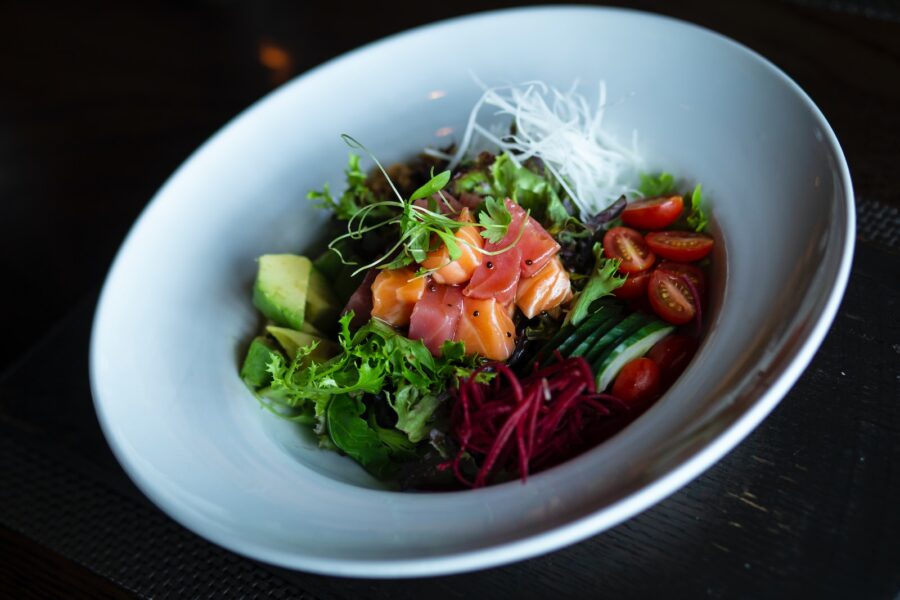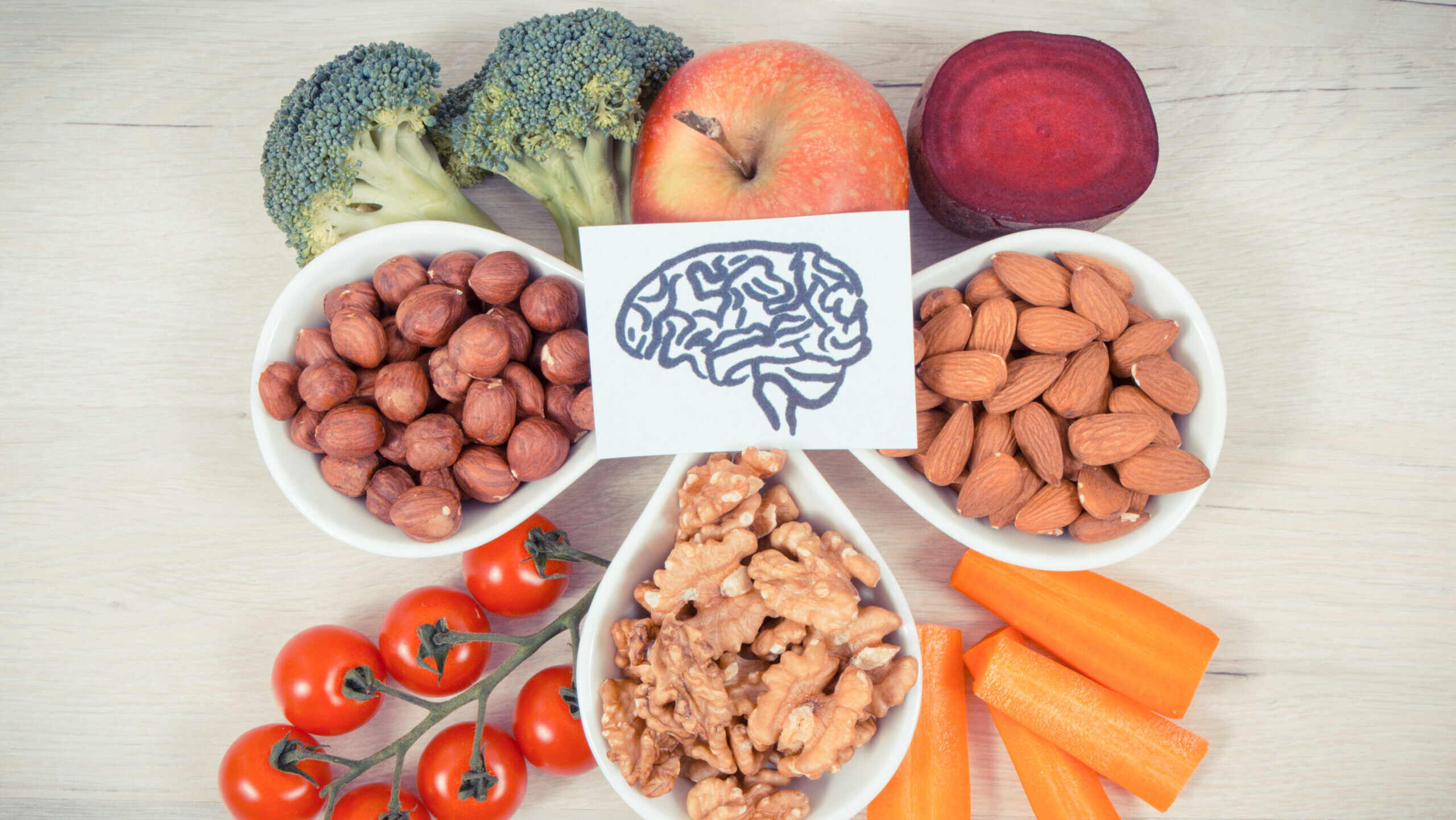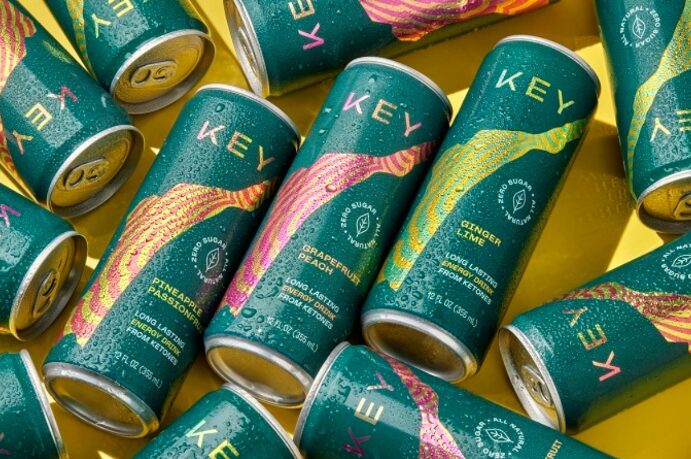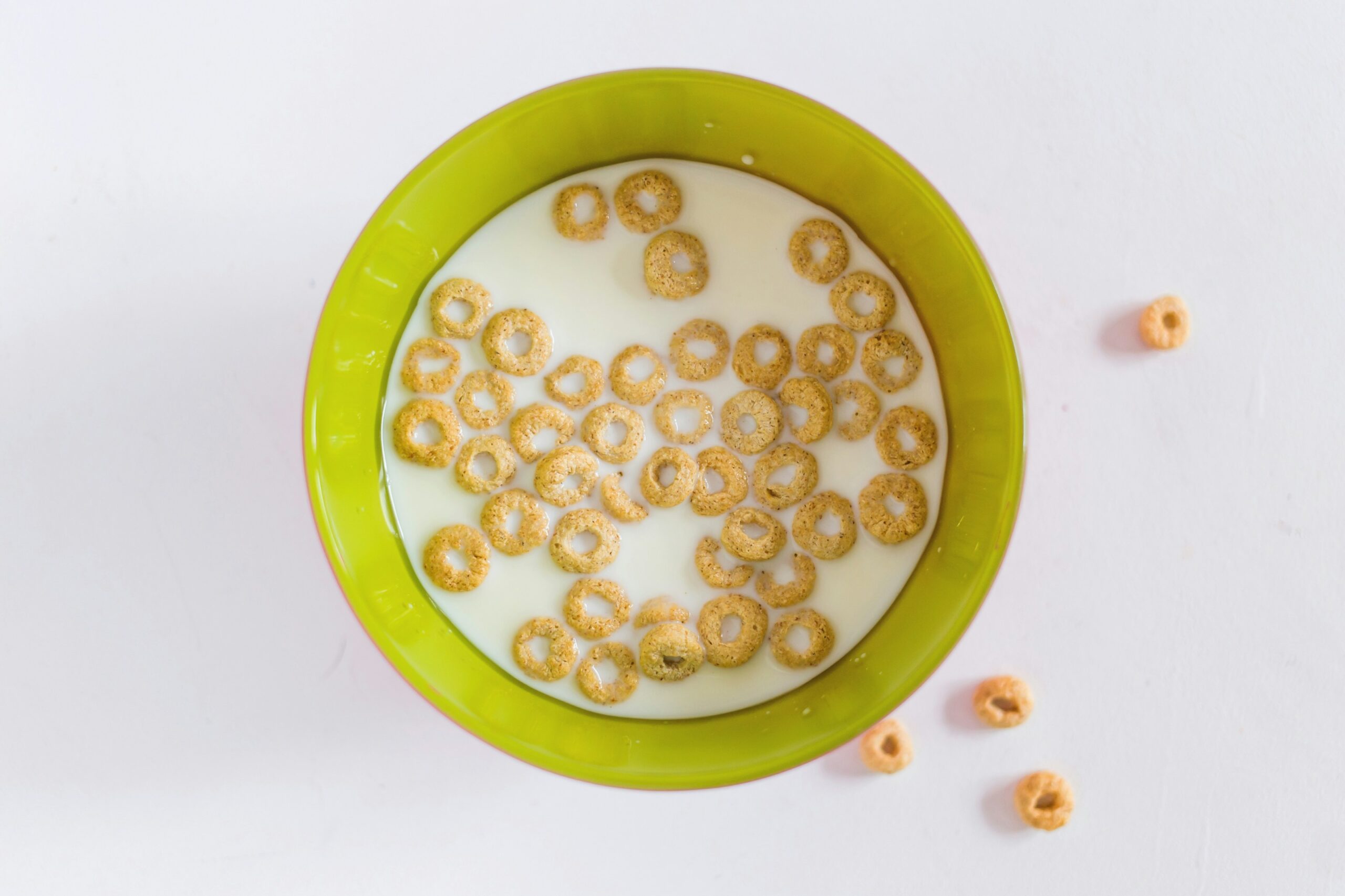In many ways, keto 2.0 attempts to remedy the pitfalls of the traditional keto diet. This new take on a ketogenic diet is less extreme and more well-rounded, but is it as effective for weight loss?
For context, the keto diet has become explosively popular in recent years as a quick way to lose weight by eating a high-fat, low-carb diet that forces the body into a state of ketosis, which changes how the body digests and absorbs nutrients. When the body is deprived of carbohydrates, it starts to use glycogen and fats for energy instead. The diet is exceptionally restrictive, however, and can often be high in saturated fats, yielding potential health risks and making it difficult to stick with in the long term.
“The main benefit of keto 2.0 is its flexibility,” Vered DeLeeuw, certified nutritionist and founder of Healthy Recipes Blog told The Food Institute. “It’s far less restrictive than traditional keto.”
What is keto 2.0?
A typical day on the traditional keto diet consists of approximately 55% to 60% fat, 30% to 35% protein, and 5% to 10% carbohydrates. Out of 2,000 calories per day, that’s only 25 to 50 grams of carbs, which is extremely limiting. For reference, just one medium apple contains nearly 30 grams of carbohydrates.
Meanwhile, keto 2.0 consists of 50% fat, 30% protein, and 20% carbohydrates per day. Unlike traditional keto, this macronutrient breakdown allows dieters to consume more fruits, vegetables, whole grains, and legumes.
“Keto 2.0 is more similar to the Mediterranean diet,” said DeLeeuw. “It focuses on more plant-based fats such as olive oil and lean proteins such as fish and chicken, whereas the traditional keto diet has no qualms about consuming saturated fats and red meat.”
Is keto 2.0 healthier?
The USDA’s current Dietary Guidelines for Americans recommends 45% to 65% calories from carbohydrates per day. Both traditional keto and keto 2.0 allow for less daily carbohydrate intake than this recommendation, but keto 2.0 hits closer to the target, which DeLeeuw says is part of the appeal.
“Another reason keto 2.0 entices consumers is that it better aligns with conventional diet advice,” she explained. “People feel better when their diet doesn’t fly in the face of every official recommendation.”
For example, fiber is a type of carbohydrate that is routinely recommended to promote health. Eating enough fiber has been shown to support digestive function, manage weight, and lower the risk of heart disease. The USDA recommends 25-32 grams of fiber per day for women and 30-35 grams for men.
While it would be nearly impossible to consume the recommended amount of dietary fiber on a traditional keto diet, keto 2.0’s macronutrient breakdown allows for roughly 100 grams of carbs on a 2,000 calorie-per-day diet.
Is keto 2.0 less effective?
The traditional keto diet leads to quick weight loss by inducing a state of ketosis. Because keto 2.0 allows for a greater daily intake of carbohydrates, experts question whether it would have the same effect as traditional keto. “The risk is that with the increased carbohydrates, it will not place the body into ketosis,” Yelena Wheeler, registered dietitian nutritionist at MIDSS told The Food Institute.
Without ketosis, there’s not much that differentiates keto 2.0 from other low-carb diets on the market right now, according to Wheeler. That might not be such a bad thing.
“Although I find the keto diet useful for certain populations, its restrictive nature is what has always concerned me regarding its sustainability,” said Wheeler. “An alternative which still has reduced carbs and contains healthy fat options may be a more sustainable diet to maintain, and therefore will continue to yield positive results over time.”
The Food Institute Podcast
Click the play button above to listen to the episode.
How did a small sub shop from Point Pleasant, New Jersey, grow into a 2,400-store operation across 50 states? Jersey Mike’s Franchise Systems Inc. senior vice president Caroline Jones shares the company’s evolution after deciding to franchise the concept in 1987. Additionally, Jones shares stories of growing up in the business, and how the company’s philanthropic efforts help to endear franchise locations to each community they serve.












